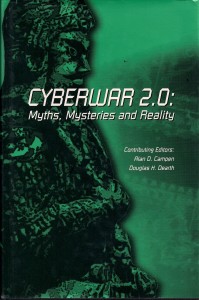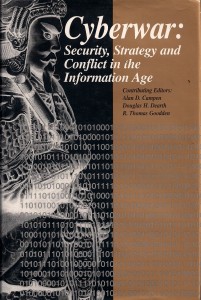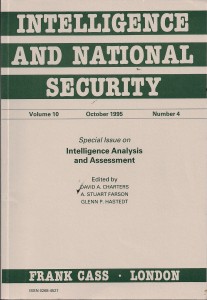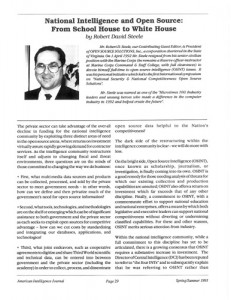April 7, 2000
Alan D. Campen
This sequel to the first book on cyberwar is even better (and the first one was very good) because it is much more deliberate about addressing strategy and diplomacy (part one); society, law, and commerce (part two); operations and information warfare (part three, where most military professionals get stuck); and intelligence, assessment, and modeling (part four). My chapter on “Information Peacekeeping, the Purest Form of War” appears here, but based on the lack of feedback I suspect all of the contributions in this section are a decade away from being understood with the U.S. Government.








